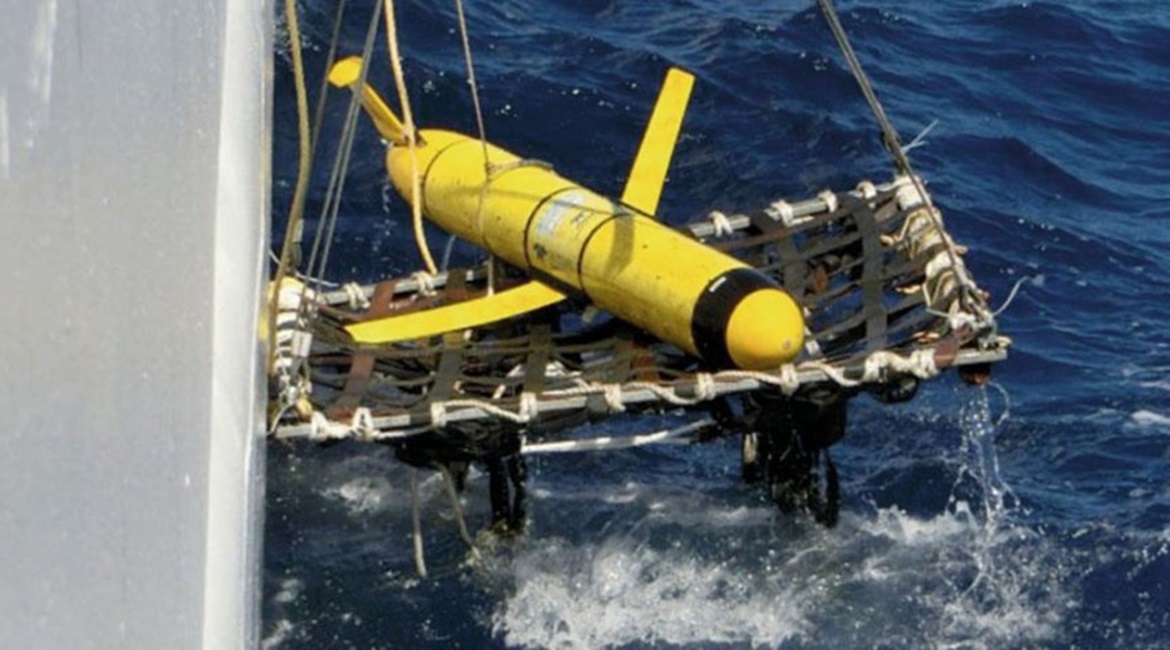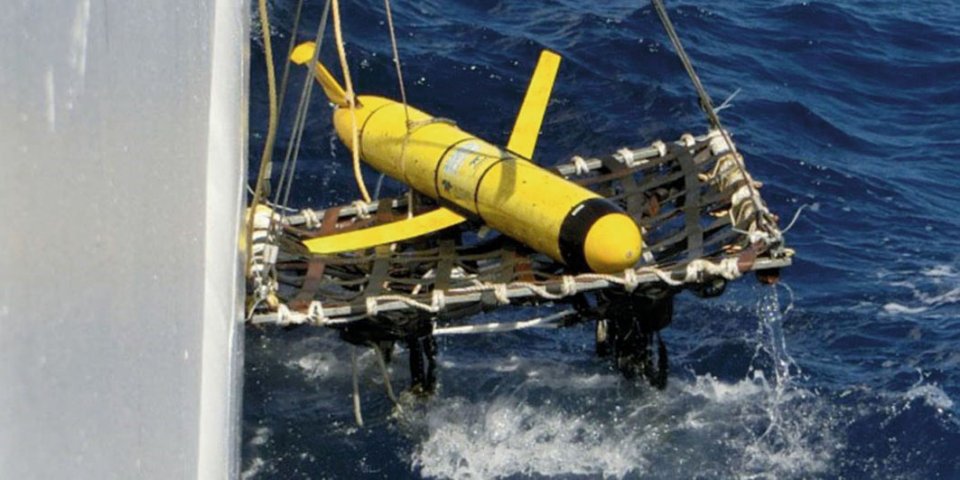
The US Navy’s (USN’s) Naval Information Warfare Systems Command (NAVWAR) is seeking proposals for new autonomous underwater gliders that will enhance the service’s ability to assess environmental conditions in littoral and deep ocean waters.
The solicitation for the Follow-on Littoral Battlespace Sensing Glider (LBS-G) system, which was released in late January, covers the design, development, fabrication, testing, production, and support for the new gliders.
LBS-G is a part of the broader LBS-Unmanned Underwater Vehicle (LBS-UUV) programme of record.

The USN is seeking a new autonomous underwater glider to improve its underwater domain situational awareness. (Teledyne Brown)
The two-man-portable system will include the vehicle, Glider Interface Software (GIS), a shipping container, vehicle handling equipment, deployment kits, and special tools or test equipment. The vehicle subsystem will include communications, navigation, and sensor subsystems.
The primary datalink between the glider and Glider Operations Center (GOC) will be established by a bi-directional Iridium satellite communication (satcom) link using the Router-Based Unrestricted Digital Internetworking Connectivity Solutions (RUDICS) service. The GIS, which will reside in the Naval Oceanographic Office (NAVO) computing environment, will be developed by the vendor.
The glider is expected to navigate using the NAVSTAR GPS constellation while on the surface and use a suite of onboard underwater navigational sensors while submerged. It will be fitted with sensors to measure conductivity, temperature, depth, and optical clarity.
NAVWAR has specified that the glider must be able to operate at depths of 200 m in shallow water and 1,000 m in deep water for a minimum of 90 days. It should be also able to loiter at a specified depth, ocean bottom, and on the surface.
Looking to read the full article?
Gain unlimited access to Janes news and more...


